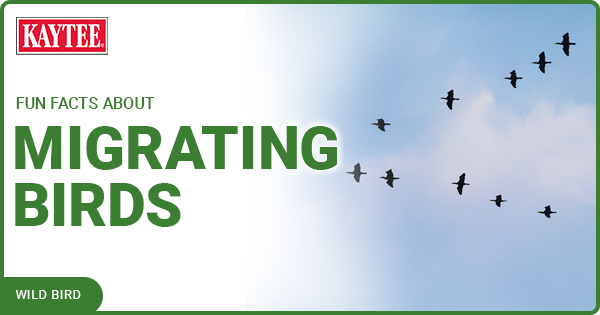How to Attract Birds to Your Urban Home
You don't need acres of property or an expansive yard to bring birds to your home. If you know how to attract birds to your urban home, you can enjoy feathered guests no matter what type of city space you call your own.
See the Potential in Your Urban Space
From patios and courtyards to tiny yards to balconies, any urban outdoor space can be useful if you know how to attract birds. First, look carefully at the amount of space you have and its layout with walkways, parking spaces, trash cans, and other features. Note how the space may be visible from the air as birds fly by, and consider what you can do to convert the space to a more natural, oasis-like appearance to catch birds' attention and invite them for a visit. Even if you don't have natural greenspace, you can create an oasis with carefully chosen potted plants, window boxes, and hanging containers.

Once you understand your space, it's important to know what birds you can expect to visit. A surprising number of species – from thrushes and chickadees to hummingbirds, orioles, doves, sparrows, woodpeckers, and more – can be found in urban habitats. Visit a nearby park to notice what birds are common residents or consult a local birding group about which species are frequent guests. By catering to specific species' needs, you can be more effective at attracting urban birds.
How to Attract Birds to Urban Spaces
It's easy to attract birds when you meet their needs for food, water, and shelter. Before you begin, however, note whether your community – especially an apartment, townhome, or rental unit – restricts how you may be able to attract birds. Abide by any community guidelines or you could face fines or other penalties. When you're ready to attract birds, however, there are many creative ways to do so in any urban environment.
First, provide high-quality food. Even a small hanging feeder, filled with good quality birdseed mix, black oil sunflower seed, or other treats, will quickly attract hungry guests. Because urban birds have less access to natural food sources, they will come to feeders readily. 100% edible wild bird foods, like Kaytee Ultra Waste Free Nut and Fruit Blend , will minimize mess and keep the area under your feeder free of seed hulls. If possible, offer specialized foods such as mealworms, peanuts, or suet to attract even more species, but position feeders away from the busiest part of your space so birds will feel more comfortable. Try not to hang feeders near doorways, for example, but instead put them further away so birds can notice feeders more quickly and feel safe when they visit.
Water is also an essential part of how to attract birds in urban areas. A simple dish can provide a refreshing drink or easy place for a quick bath. Clean the water dish or bath basin regularly to avoid diseases or breeding insects, and refill it with clean, fresh water often, especially when birds may vigorously bathe and splash water out. Adding a small solar fountain or a dripper can help birds notice the bath and will bring them to the yard when they see the sparkles of each splash.
Even a great feeder and refreshing bath won't attract birds if they don't feel safe in the urban habitat. Providing shelter with thicket-like plants is critical to attract urban birds, particularly where abundant growth may be scarce. Use potted plants, hanging pots, trellises, arbors, and climbing vines to create a green oasis that birds will easily notice. Even better is using plants that will also provide natural food for birds, such as berries, seeds, or nectar.

Expanding Birds' Urban Habitat
One of the best ways to attract birds to your urban home is to expand their local habitat so more green space catches their attention. Consider sharing plants with your neighbors or giving a new bird feeder as a welcome gift. Support local and regional nature and wildlife preserves, and contact local churches, schools, businesses, and community centers to encourage bird-friendly landscaping. The more individuals who take small steps to attract urban birds, the bigger the overall impact will be and the more birds you will enjoy in your own private urban space.









.png?h=315&iar=0&w=600&hash=9C09A701CB4D5CF9B2C5B7FA2DA01F2E)



